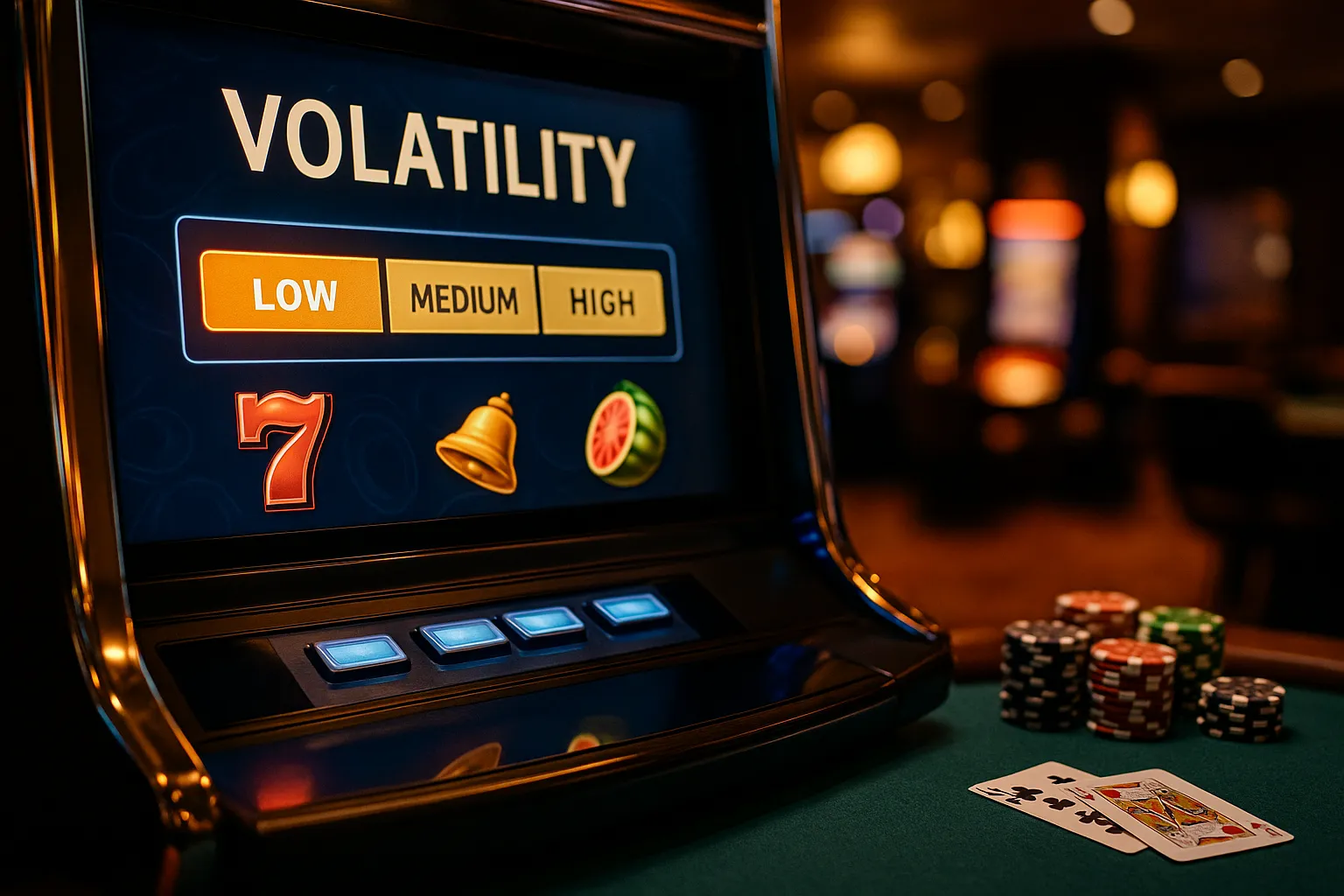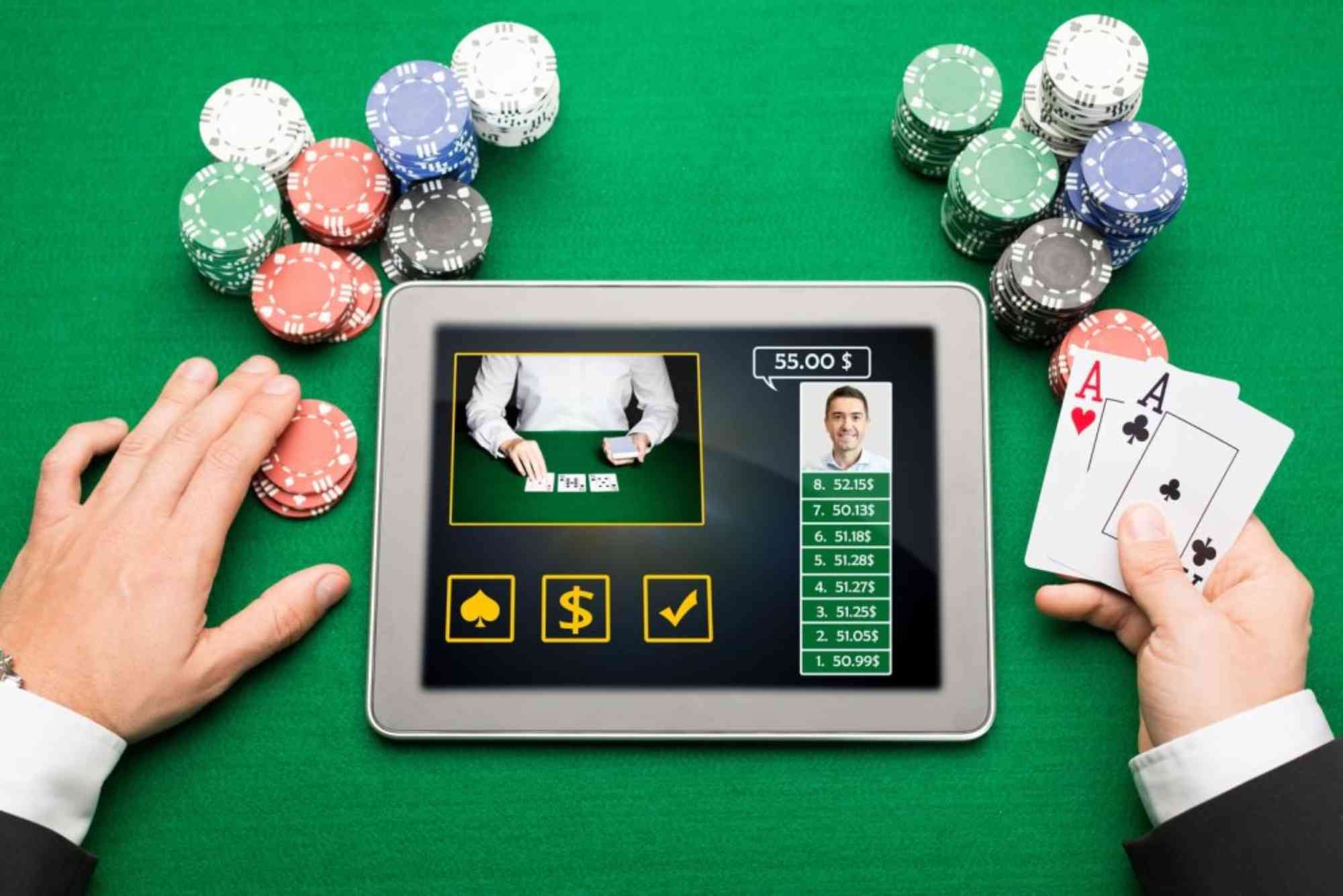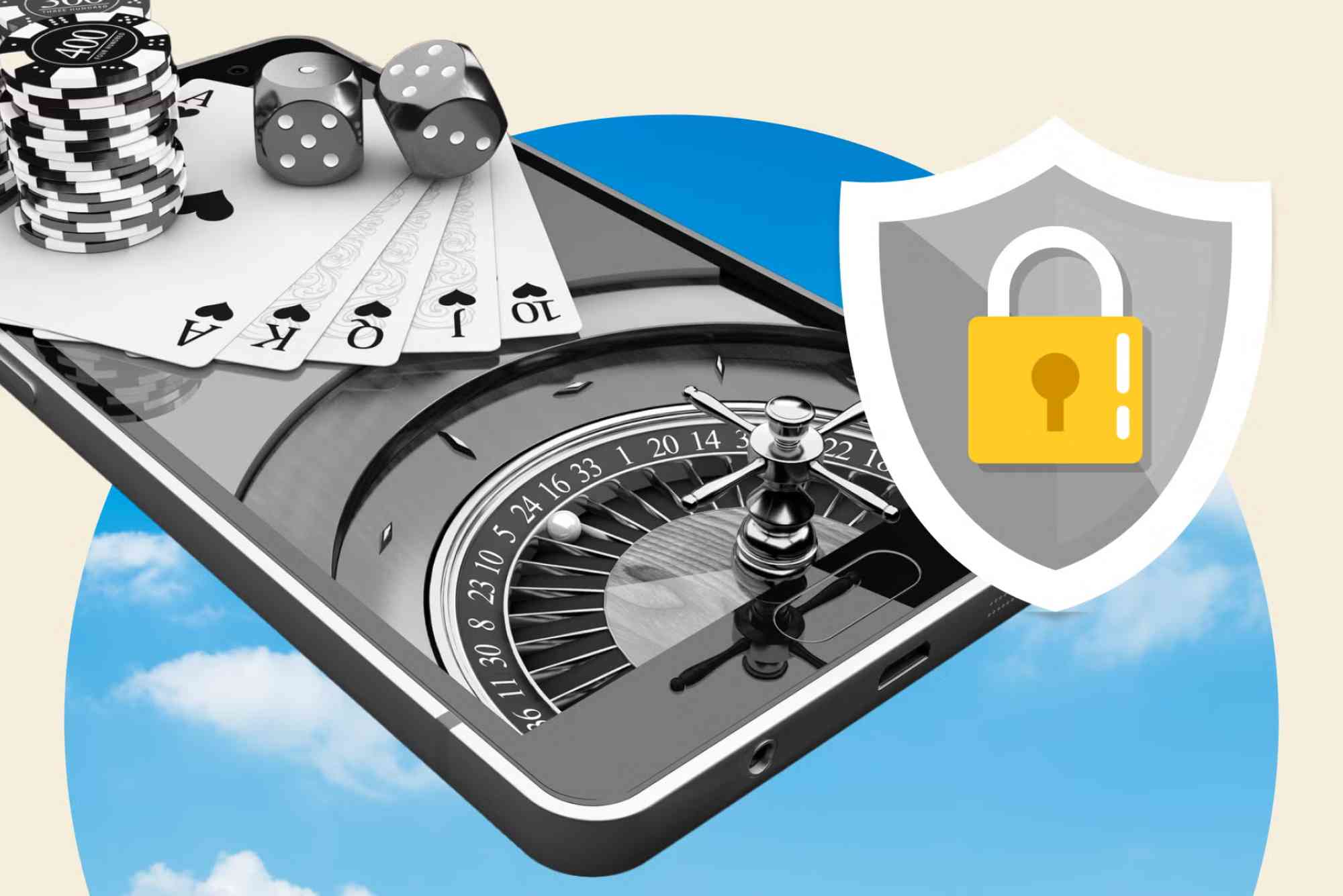There are nights when I just want a slow, chatty session—stretching £20 over an hour while sipping tea and watching low-stakes wins trickle in. Other times, I’m itching for fireworks: hat-tip to variance, eyes on that one gigantic bonus round that could flip my bankroll. The feature that decides which experience I get isn’t the theme, the soundtrack, or even the advertised RTP—it’s the volatility rating. Learning to read (and feel) volatility has been the single biggest upgrade to how I choose slots and protect my bankroll.
Volatility is the game’s personality. Low-volatility slots hand you frequent, smaller wins. High-volatility machines go quiet for long stretches, then suddenly slam you with a bonus that feels like a mini paycheque. Medium volatility…well, it behaves like most of us on a Wednesday: somewhere in between. The real trick is matching that personality to your mood, energy level, and bankroll on any given day.
What Volatility Ratings Actually Mean
Developers don’t always publish exact formulas, but volatility generally measures how wins are distributed across thousands (or millions) of spins. Low-volatility titles pay often but lightly; high-volatility games pay rarely but heavily. The total RTP can be identical—96% is 96%—but how you experience that 96% is wildly different.
Here’s where that often-overlooked second layer kicks in: your financial and emotional goals for the session. If you’re playing on a tight budget and want long entertainment time, you don’t want a slot that can devour 100 dead spins before showing life. If you’ve ring-fenced a “high-risk, high-reward” fund for the weekend, a spicy high-volatility title might be perfect. And if you also care about how fast you can pull your winnings out—something I obsess over after a few slow-pay incidents—be picky about where you play. Some of the fast withdrawal betting sites uk pair nicely with medium-volatility slots because you can bail with profit quickly instead of letting a slow cashier erode the thrill.
How Mood and Volatility Interact in Real Sessions
I treat volatility like a mood ring. Feeling frazzled after work? Low volatility helps me relax. I see wins rolling in, even if they’re small, and my brain gets its dopamine without panic. Feeling competitive or analytical? High volatility scratches that itch. I’m okay with a drought because I want the dramatic bonus arc. On days when I can’t decide, I park myself in the middle—medium volatility with layered features (think modest cascades plus moderate multipliers) so I get a bit of both.
Mood management isn’t fluff—it’s bankroll management. Tilt usually arrives when your mood and the game’s behavior clash. If you’re craving calm but choose a slot that stonewalls you for 120 spins, you’ll start chasing. If you want fireworks but pick a gentle slot, you’ll get bored and raise stakes rashly. Volatility alignment reduces those emotional misfires.
RTP vs. Volatility: Why Both Matter
Return to Player (RTP) is long-term math; volatility is the shape of that math. Imagine two slots with 96% RTP. Slot A (low volatility) might deliver dozens of £0.60–£2.00 wins and rarely more than £30 in a session. Slot B (high volatility) could give you 150 dead spins, then drop a £400 bonus. Over millions of spins, they converge on 96%, but your night-to-night experience is nothing alike.
When I scout a new game, I check RTP first (anything below 94% gets a side-eye), then look for official or community-sourced volatility info. If none is listed, I skim the paytable: monster top prizes and rare bonus triggers scream “high volatility.” A dense paytable of small line wins and frequent features signals “low.”
Bankroll Framing: The 3-Envelope Trick
To keep myself honest, I split my monthly gambling budget into three envelopes: “Chill,” “Balanced,” and “Blast.”
Chill funds = low-volatility sessions. I expect long playtime and modest cash-outs.
Balanced funds = medium-volatility games where I still want time on device but wouldn’t mind a spicy pop.
Blast funds = high-volatility hunts. I accept that I might lose this envelope without much action—but I also give myself a shot at something Instagram-worthy.
This structure stops me from letting a tilt-driven impulse drag me into the wrong game with the wrong money. Each envelope is mentally sealed; I don’t let a high-volatility slump cannibalize my chill budget.
Real Examples: How Two Slots With Similar RTPs Felt Completely Different
A recent night: I played a low-volatility fruit slot for 45 minutes. I triggered multiple small features, hovered around my starting balance, and left slightly down but super relaxed. Another night, I hit a branded high-volatility slot famous for massive free-spin multipliers. First sixty spins? Crickets. Then a bonus round with sticky wilds and a 20x multiplier erupted, paid me back my session plus a tidy profit, and I bailed before the slot could reclaim it. Same RTP on paper, opposite emotional arcs.
Session Goals > Slot Features
Before opening any slot, I set a “win condition” that isn’t just “hit a big bonus.” Maybe it’s doubling my buy-in, maybe it’s playing for 30 minutes without redepositing. Volatility then becomes a tool to meet that condition. Want longevity? Pick low. Want to turn £50 into £500 or zero, fast? Pick high. Want a bit of both? Medium volatility or a hybrid mechanic works wonders.
Reading the Paytable for Volatility Clues
Dev studios aren’t always transparent, but paytables snitch. Look for:
Insane top-symbol values or max wins advertised as 20,000x+ stake? High volatility.
Frequent, low-value features (e.g., “Random nudge pays 2–5x” popping constantly)? Low to medium.
Bonus entry odds: if it takes one scatter in three reels often, low. If you need five scatters with a re-trigger mechanic, high.
Combine these hints with your budget and mood, and you’ll seldom feel blindsided.
Emotional Bankroll: The One Stat You Control
Your emotional bankroll—the amount of stress and frustration you can handle—is finite. High-volatility slots assault it with droughts; low-volatility slots nibble it with boredom if you crave excitement. When that emotional bankroll runs dry, you start making bad calls. I keep a quick self-check: Am I still having fun, or am I clawing for redemption? If it’s the latter, I switch volatility or log off entirely.
Cashing Out Smartly (Especially Off-Platform)
On UK-regulated sites, withdrawals are usually fast now, but offshore or smaller brands can lag. If I’ve had a sweet run on a medium-volatility slot and I’m playing at a site known for quick cash-outs, I’ll hit the cashier before variance eats my gains. If I’m on a slower-paying site, I set a harder stop-loss because I know it’ll take time to get cash in hand. Volatility and withdrawal speed are related more than you think: rapid access to winnings helps you lock in a good session before you’re tempted to “play it back.”
When the Rating Lies—or Doesn’t Exist
Some slots don’t advertise volatility at all, or they call everything “medium.” Community forums, review sites, and your own 200-spin test runs can help. If I can’t find data, I start with small stakes and watch: how often do I hit? How big are the hits? Does the bonus look reachable or mythical? A quick trial saves a bankroll later.
Hybrid Mechanics Blur the Lines
Cascade slots that ramp a multiplier with each tumble, sticky wild bonuses that keep paying small amounts every spin, hold-and-spin features that can reset multiple times—all of these mesh volatility shades. A so-called medium slot can behave high one session and low the next based on random feature frequency. Don’t be dogmatic; treat volatility ratings as a guide, not gospel.
My Simple Pre-Spin Checklist
What mood am I in (calm, thrill-seeking, indecisive)?
Which envelope am I using (Chill, Balanced, Blast)?
Does this slot’s volatility fit that envelope?
What’s my exit rule (profit or time)?
Is the casino’s withdrawal process fast enough to let me lock gains?
Answering these in 60 seconds before I spin has saved me countless “why am I doing this?” moments.
Final Verdict: Volatility as a Mood Filter
Yes, volatility ratings absolutely help you pick the right slot for your mood—if you let them. They’re not just technical jargon; they’re the emotional pacing of your session. Align them with your headspace, bankroll, and cash-out strategy, and you’ll feel more in control, tilt less, and enjoy gambling for what it should be: entertainment with clear boundaries.




